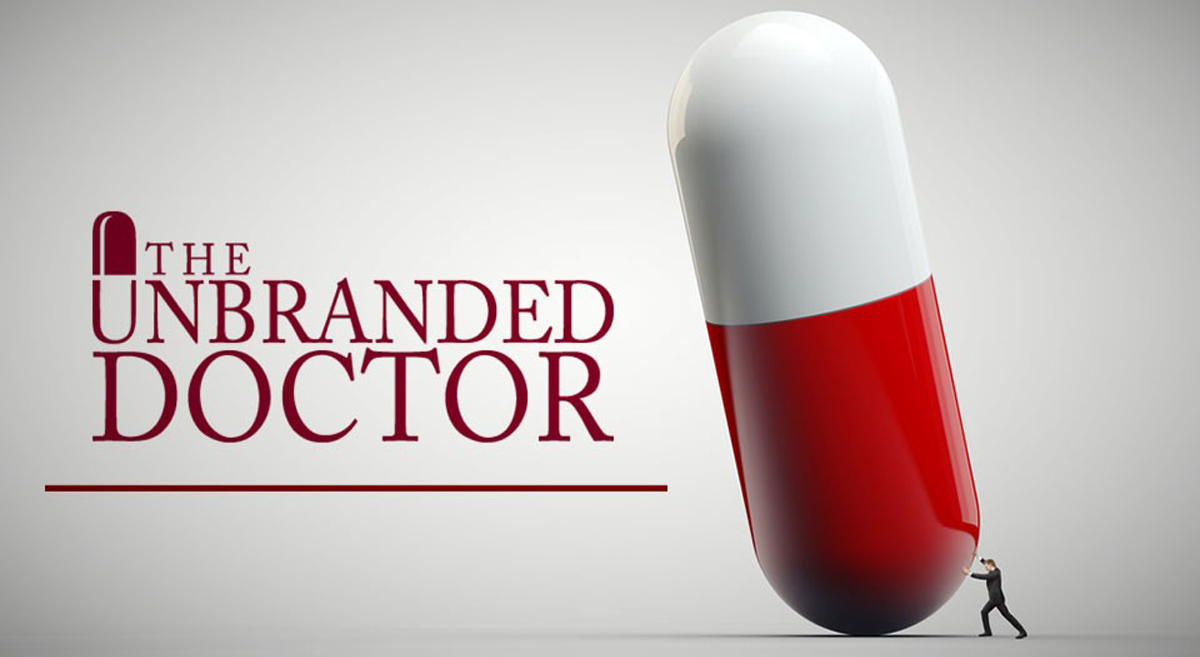Academic award-winning master´s paper (94p): On Relations, Networks and Interaction – with reference to the decision-making process of doctors´choices when prescribing drugs.* (School of Business, Stockholm University). First published in June 2003, but still most relevant. It´s all about relations and network. Enjoy!
The reader´s attention is drawn to today´s increased use of digital media whose role, at the time of publication in 2003, was of considerably less importance. In Sweden we use google from forty to forty-five million times and we check our smart phones about 250 times. Each day! Naturally, even doctors and nurses follow the same pattern. The national Swedish health service now faces one of its greatest challenges ever with an increasing number of elderly people when at the same time having to adapt to the present worldwide digitalization. Our present and future generations will make even heavier demands on our public medical service, not only with regard to the drug prescription process but also as far as flexibility, participation, availability and commitment are concerned.
Summary
The paper deals with relations, networks and interaction as mirrored in the decision-making process of doctors when making their choice between drugs available on prescription only. During the past twenty years or so, the pharmaceutical industry has expanded considerably in Sweden. The increased number of drugs prescribed has led to dramatically higher costs, and the authorities have taken preventive measures to cope with this problem.
The pharmaceutical manufacturers are not allowed to market prescription drugs to patients direct. Instead they are obliged to resort to other means to influence doctors to make a favourable choice of drugs, favourable from the point of view of the manufacturers.
The role of the individual doctor can then be described as an intermediary between a pharmaceutical company and an end consumer. The average patient usually possesses a fairly limited knowledge of the medical field and can best be characterized as being subject to the good judgement of expert operators. There also exist a fair number of differences worth considering when comparing this process with another type of B2B, a fact that makes this subject interesting from a research point of view. In a meeting between a doctor and a pharmaceutical consultant there is no corresponding bidding procedure and no formal business transaction as in other B2B relations.
The aim of the present study is on the one hand [1.] to examine whether, and, if so how relations, networks and interaction have an effect on the choice of drugs prescribed by doctors; on the other [2.] to delineate how the decision-making process on the part of doctors is managed when such choices are made.
Data
This study is based on primary data culled from interviews with nineteen persons most of whom possess an expert knowledge of the pharmaceutical industry as well as of public health and sick care. In addition, two field studies have been made. Secondary data consists of previous studies, literature (doctoral dissertations, papers, thesis and articles) within the fields of business economics, health and sick care.
Result
The results arrived at point to a variety of interesting facts. The process of prescribing drugs is in every sense of the word a complex one, and there are many both static and dynamic factors that interact. The resulting purchase is to be seen as a prescription and, in spite of the prescribing doctor´s professional judgement about what drug to be selected, this very same drug may, in the end, be exchanged for some other. The traditional mechanisms governing the market such as supply and demand, price and quantity do not play an important role. For a felicitous choice of drugs, the prescribing doctor has to depend on several business connections, not all of them necessarily to his liking. Word-of-mouth (WoM) has proved to be an important factor. A doctor discusses his or her choice of drugs with, and is influenced by, senior colleagues, specialists and others who are more knowledgeable and experienced. Also, the time factor has proved to be crucial. Stress is often present, and doctors do not always find it possible to be disloyal to drugs earlier favoured. As a result, preformulated, alternative methods of treatment (evoked sets) have great significance when a swift decision is called for.
In order for a drug to qualify for prescription, certain basic criteria have to be met; after that emotional factors come into play. For a successful outcome of a meeting between doctor and pharmaceutical consultant the following prerequisites are of importance: quality, knowledge, service-mindedness and matter-of-factness. If these are at hand, the odds are that the pharmaceutical consultant will be encouraged to call again. This study sets out from a B2B perspective. It has, however, been found that the relation between a pharmaceutical consultant and a doctor could, as seen from the former´s perspective, be more appropriately termed B2R (business-to-relation), whereas the latter´s perspective would be termed R2B (relation-to-business). The relation between doctor and patient can be termed R2R (relation-to-relation). ”The moment of truth” has also proved to be important both in a doctor´s meeting with a consultant and with a patient. If the supplier (pharmaceutical consultant) does well, he or she might be welcome back, but if the supplier (doctor) does well, the customer (patient) will not (sic!) be back.
Inluencers and relations
Doctors are at the hub of a very extensive and intricate network where interaction is always both present and vital. Several experts cooperate to reach a consensus (a win-win situation). In some respects the role of doctors has become more of an advisory one, since patients today are better informed and more knowledgeable about their diseases.
The paper (94 pages) is at present available only in its original Swedish edition; it can be ordered from me, the author.
Please feel free to like, share and give your comment on this article. I hope you enjoyed it.
With kind regards, Mikael 💛



